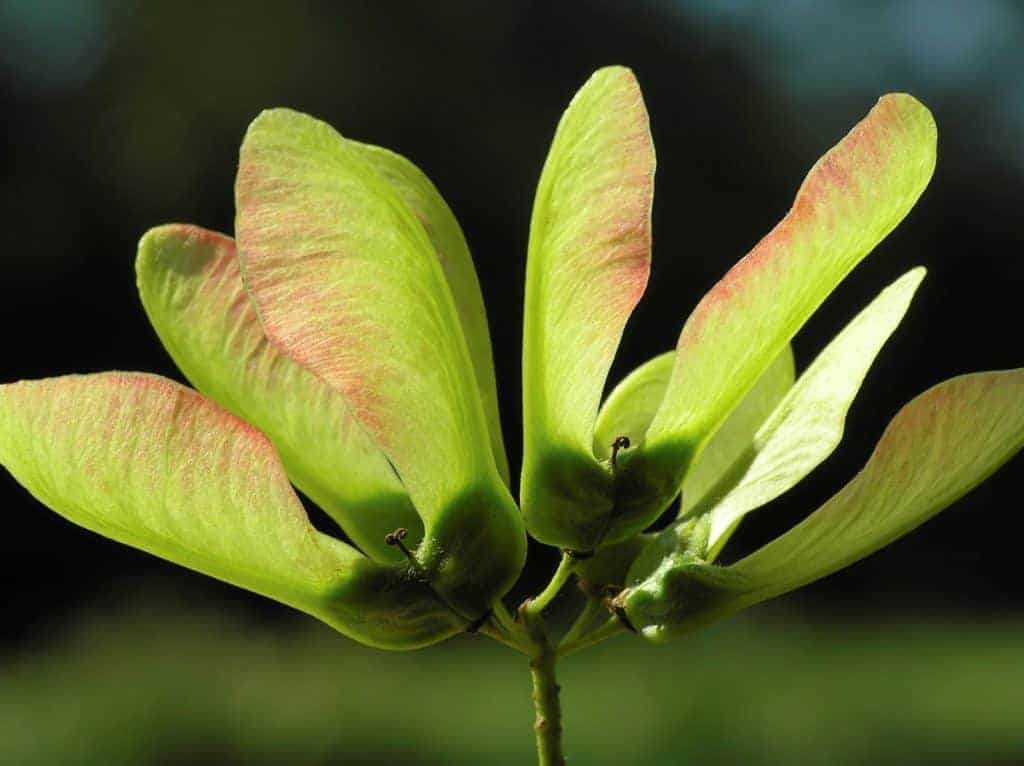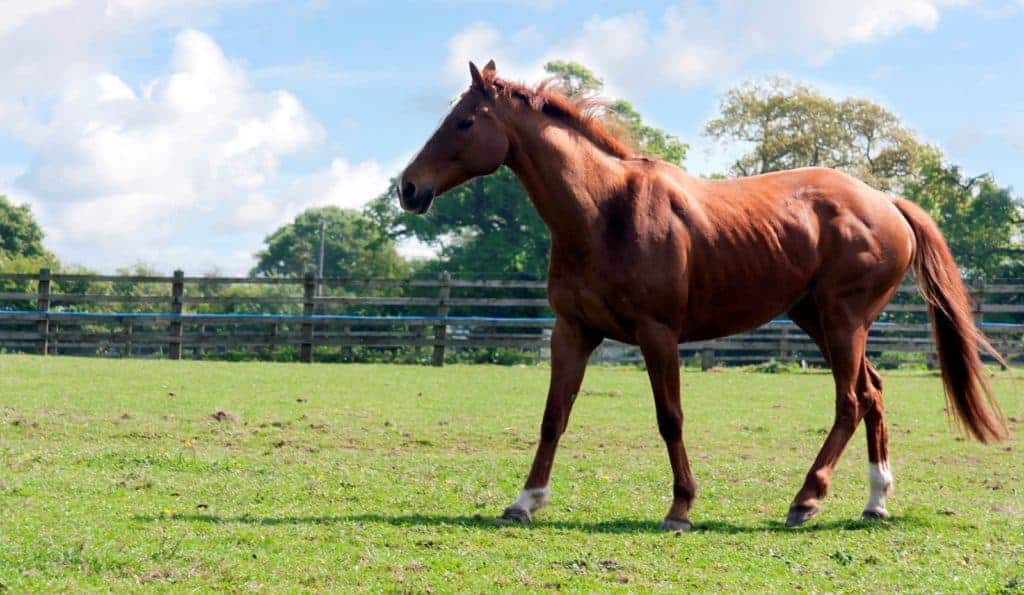
Researchers Study THO Treatment Option
Temporohyoid osteoarthropathy (THO) can cause vestibular nerve damage and balance problems in affected horses.

Temporohyoid osteoarthropathy (THO) can cause vestibular nerve damage and balance problems in affected horses.

Other presentation topics will include racetrack surfaces, horsemanship courses, post-mortem exam programs, and more.

Researchers determined that 89% of affected horses benefited from a procedure called medial patellar ligament splitting.

Researchers observed a 16% improvement in horses’ lameness when using the drug compared to corrective shoeing alone.

A poorly designed or damaged saddle affects not only your riding but also your horse’s comfort. Learn what to watch for.

Specific bloodwork showed differences between horses with atypical myopathy that survived and those that died.

Saddle fitters use tracing or templating to record the shape of a horse’s back. Here’s how it works.

Some forelimb lamenesses can result in the horse appearing unsound in a hind limb.

Genetic testing reveals differences in an individual’s DNA that result in traits from coat color to muscle function.

Learn about common issues owners encounter with their horses’ spine and saddle fit and how to treat such issues.

Find out if your horse could be at risk of suffering subtle but serious vitamin and mineral imbalances.
Equine Guelph and Dr. Judith Koenig received a donation help to purchase a lameness evaluation device.

Two equine surgeons shared their thoughts on rotational limb deformities, contracted carpal joints, club feet, and more.

Ultrasound is a useful method for diagnosing carpal sheath effusion, which is often associated with soft tissue damage.

Consider this under-recognized issue before deciding which limb is the primary lameness source.

The tendon’s interfascicular matrix stiffens as it ages, making older horses more susceptible to injury.
Stay on top of the most recent Horse Health news with
"*" indicates required fields